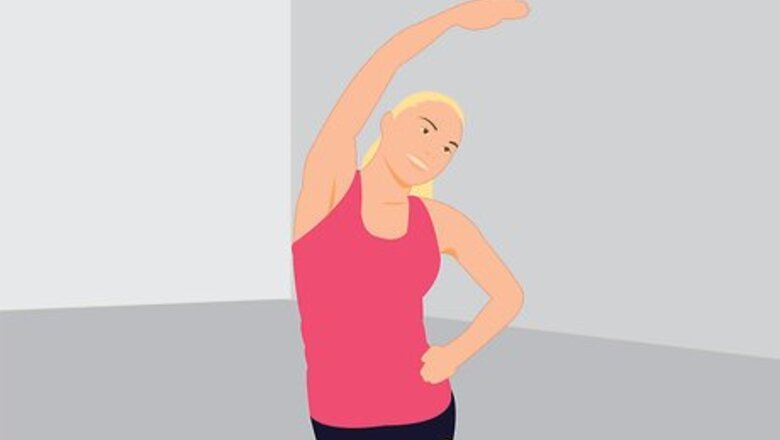
views
Understanding Your Basic Metabolic Rate
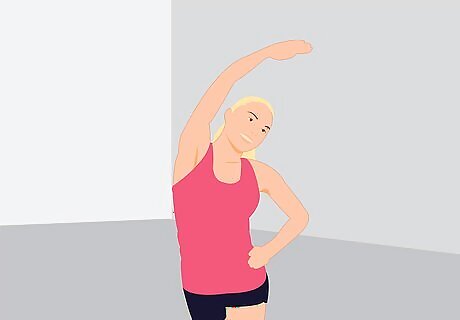
Be aware of the science behind your Basic Metabolic Rate (BMR). Your BMR is the estimated amount of calories your body burns when it is not moving, or at rest. This amount represents the minimum energy your body needs to function, from breathing to maintaining a heartbeat. You use about two-thirds of your daily calories to maintain your BMR, so the daily caloric intake needed to allow you to lose weight or gain weight (and still function as a person) will be based on your BMR.
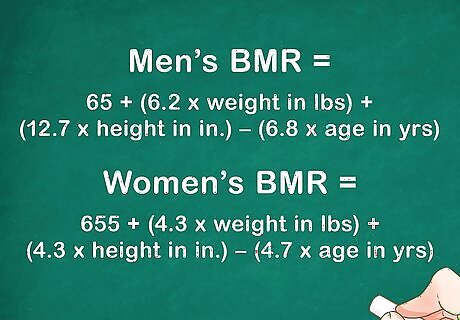
Factor in your age, weight, and gender. Your BMR is based on your age, height, weight, and gender. Most calorie calculators use the Harris-Benedict equation to determine how many calories you should be eating every day. For men, your BMR is equal to: 65 + (6.2 x weight in pounds) + (12.7 x height in inches) – (6.8 x age in years) For women, your BMR is equal to: 655 + (4.3 x weight in pounds) + (4.3 x height in inches) – (4.7 x age in years)

Determine how active you are on a weekly basis. Calorie calculators also factor in your level of activity. If you are very active, for example, with hard exercise almost every day of the week, you may need to consume more calories than if you lead a more sedentary lifestyle, where you do little to no activity. Be honest with yourself about your level of activity; many people over-estimate their daily activity level. The five different levels of activity are: Sedentary: You have a desk job where you sit all day long and do little to no exercise every week. Lightly active: You do light exercise or play sports, one to three days a week. Moderately active: You do moderate exercise or play sports, three to five days a week. Very active: You do hard, intense exercise or play sports, six to seven days a week. Extremely active: You do intense daily exercise or sports twice a day, and have a physical labor job or are doing a training camp for football or another contact sport.
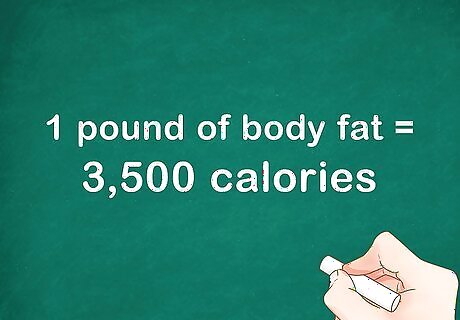
Use your BMR and your fitness goals to determine your calorie intake. You can put all of the above information in calorie counting tool that will estimate your required calories per a day, based on your BMR. Once you have your estimated calorie intake, consider how you will reduce or increase your calorie intake per a day based on your fitness goals. If you are trying to lose weight, reduce your estimated calorie intake by 500 per a day. Balance your fitness plan by eating 250 calories less a day and exercising enough to burn 250 calories. Try walking or running 2.5 miles a day. When planning your meals, cut back on portion sizes to reduce the amount of calories you consume by 250. Remember that a pound of body fat is comprised of 3,500 calories, thus subtracting 500 calories per day over seven days will result in one pound weight loss per week. If you are trying to gain weight, eat 500 calories more per day and limit your cardio exercises. Focus on strength training, involving free weights, to add lean muscle mass. You should also be eating at least one gram per pound of body weight of protein and get plenty of rest to recover after your workouts. Always start by reducing or increasing your calorie intake a little at a time, no more than 500 calories either way. This will prevent your body from going into shock and ensure you are consuming enough calories to allow your body to function.
Maintaining Your Calorie Intake
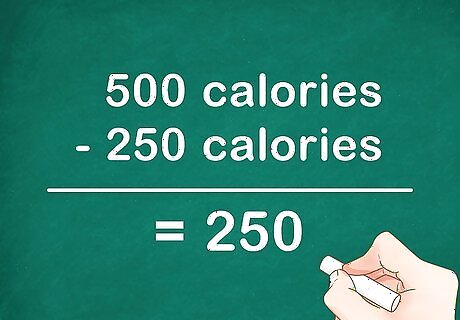
Create a diet based on your calorie intake. Use your estimated BMR, minus or plus 500 calories based on your fitness goals, to create meals for breakfast, lunch, and dinner. Always eat three meals a day, and balance out the protein, vegetables, and healthy fats on your plate to maintain a healthy diet. For example, you might be a 28 year old female who weighs 140 pounds and is very active. You do intense exercise seven days a week, with one hour at the gym every other day and recreational soccer two days a week. Your estimated calorie intake, based on your BMR, is around 2050 a day. If you are looking to lose weight, you would remove 500 calories by subtracting 250 calories from your daily intake and burning 250 more calories during your exercise routine. You would now consume 1,800 calories a day and add more exercise to your existing routine to burn 250 extra calories. It is very easy to overeat when following a limited diet, so it is important to create a meal plan and stick to it. You could break down your 1,800 calories a day further into each meal, so 600 per a meal (600 x 3) or you could allot more calories for lunch and dinner and less calories for breakfast (500 for breakfast, 650 for lunch, and 650 for dinner). Avoid under eating by consuming less than your estimated amount of calories, based on your fitness goal. This will lead to unhealthy weight loss and a lack of energy. It’s always better to burn off weight, rather than starve it off. You should also avoid overeating if your goal is to gain weight by building up muscle mass, as you will need the right amount of energy to get through your workouts.

Record your calorie intake per day. Start a food journal that charts your daily calorie intake, as well as the amount of exercise you are doing every week. Though you should not be too concerned about your weight on a scale, you should also note how much your weight fluctuates every week. You can also download a calorie counting app on your phone so you can easily record your calorie intake for the day. After several weeks of healthy eating, based on a well estimated calorie intake, as well as exercise, you should start to notice changes in your body weight and your energy levels. Consuming enough calories to maintain your body’s functions and give you enough fuel to do daily exercise, means you will not end up losing or gaining weight in an unhealthy way. Accountability is key. It is very easy to consume too much food in one sitting when you are not properly measuring and recording your foods for the day.
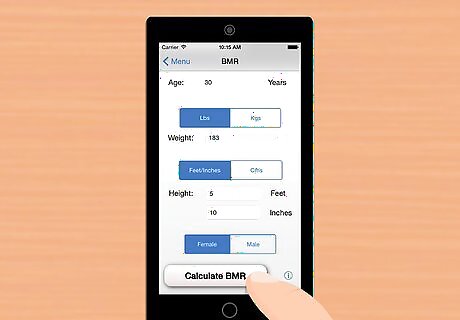
Update your BMR after several months of healthy eating and exercise. Once you start to notice results, you may want to go back into a calorie calculator and adjust your BMR profile. Update the amount of exercise you are doing every week, as well as your total weight. Based on the calorie calculator results, you may need to reduce the number of calories you eat further or increase the number of calories you consume every week.




















Comments
0 comment